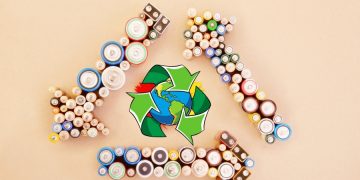Any procedure that improves water quality to create it suitable for a certain finish is called water treatment. Drinking water, industrial water supply, irrigation, river flow management, water enjoyment, and a variety of other applications are possible and being properly returned to the ecosystem.
Drinking water eliminates or decreases pollution levels and unwanted elements to make the water suitable for its intended usage. This therapy is important for human life since it allows users to profit from both drinking water supply.
Treatment for drinking water production includes removing pollutants and inactivating any potentially dangerous microorganisms from freshwater to produce fresh water that is clean enough for human use with no danger of ill health effects in the long term.
How does Water Pollution Occur?
Table of Contents
Ingestion of water polluted with human or animal (including bird) faeces poses the highest microbiological hazards. Harmful bacteria, viruses, parasites, and parasites could be found in excrement. Bacterial infections must be removed or destroyed, which frequently includes reactive chemical agents like dissolved particles to several diseases, algal, virus, fungus, and iron and titanium. Some less industrialised countries that lack efficient water purification systems continue to suffer greatly due to these chemicals.
Water pollution measures apply not just to the treated water but also its transportation and distribution following treatment. Water delivered to residential premises, such as tap water or other purposes, maybe cleaned further before consumption, commonly using an in-line treatment method. Water softening and salt exchanges are two examples of such treatments. Several proprietary methods also promise to remove heavy metals and leftover disinfectants.
Technologies
Water supply and other technology are very well, and generic designs from which treatment methods can be selected for pilot testing on the individual source water are available. Furthermore, some commercial firms provide unique technical solutions again for the treatment of particular pollutants. Throughout the industrialized nations, automated tap water is commonplace.
Capital and operational expenses are influenced by the source water quality over time, size, and effect on the environment. The end-use of the treated water dictates the required quality monitoring methods, and the amount of mechanisation is usually determined by available local expertise.
Processes
Heat and cool treatment of water were two of the most common commercial water techniques. However, the interaction of particles and bacteria inside pipework and boiler housing might be caused by a considerable quantity of appropriate water treatment. If untreated, steam radiators can develop scale or rust.
Scale deposits may cause machinery to become brittle and hazardous, while increased thermal conductivity requires more fuel to heat the same quantity of water. In addition, the water of poor quality can provide a breeding ground for bacteria such as Legionella, posing a public health concern.
Benefits of Treating Water
Wastewater through toilets, sinks, washing machines, bathtubs, and other home liquid appliances is collected, stored, treated, and disposed of by a wastewater treatment plant. When we talk about a wastewater treatment system, we typically mean a septic tank and the tubes, drains, infiltration areas, and fittings to ensure the water is adequately treated and released.
When properly maintained, wastewater systems can survive for up to 15 years. They are a highly cost-effective way of purifying water and preventing the spread of harmful germs. Many grants and other examples of transaction aid also are available to assist you with the purchase of a wastewater system.




















